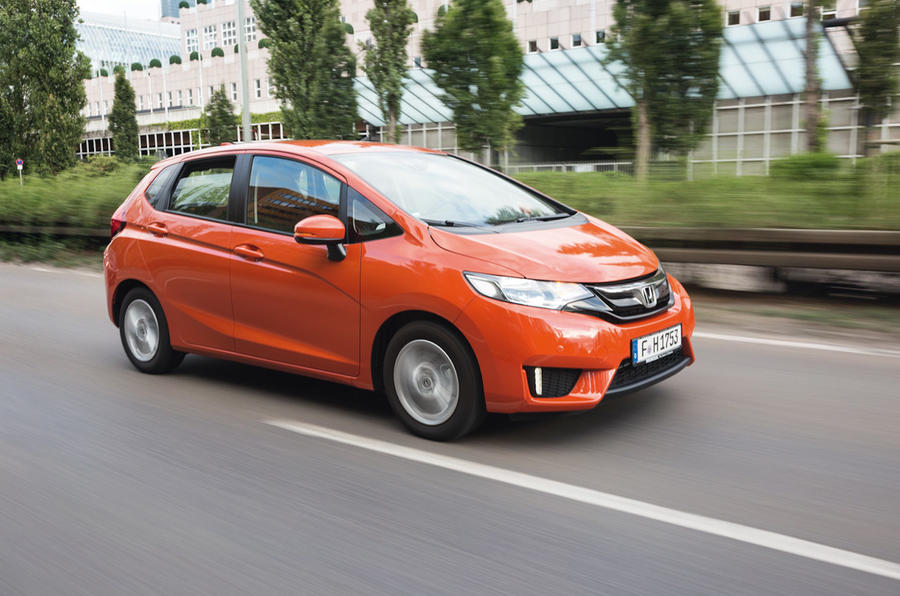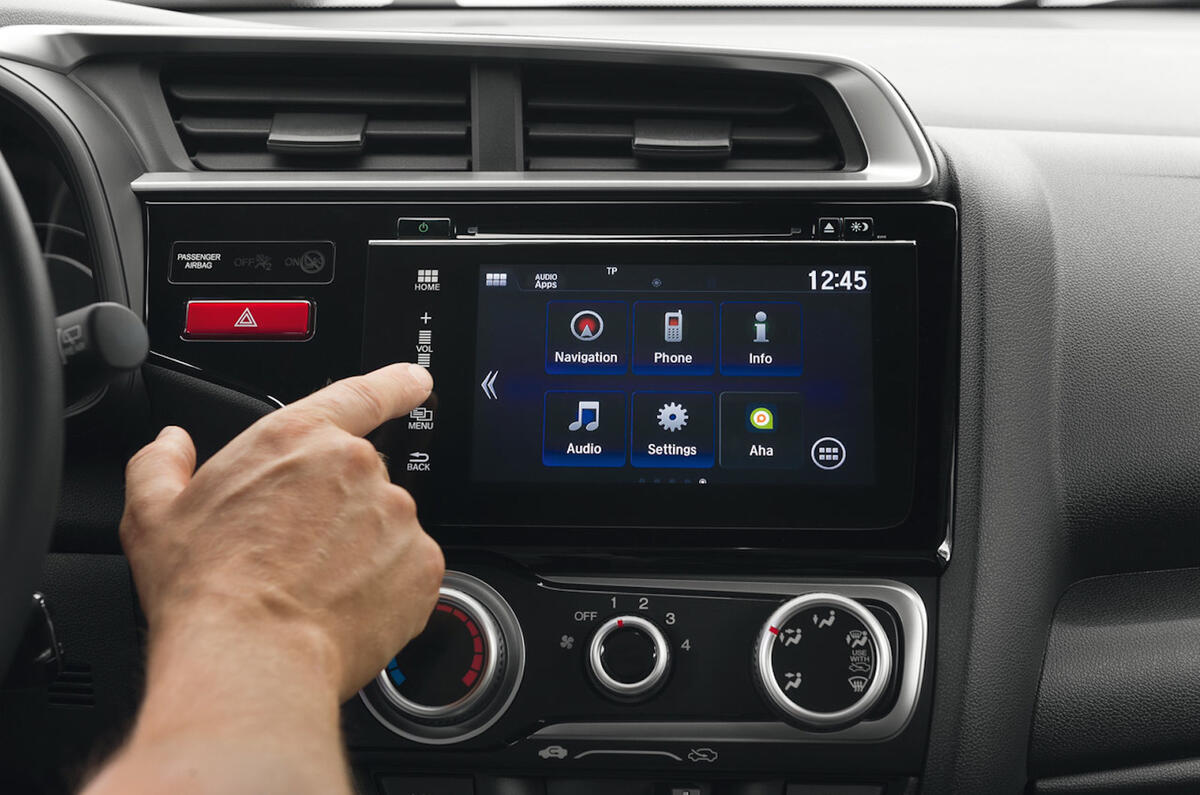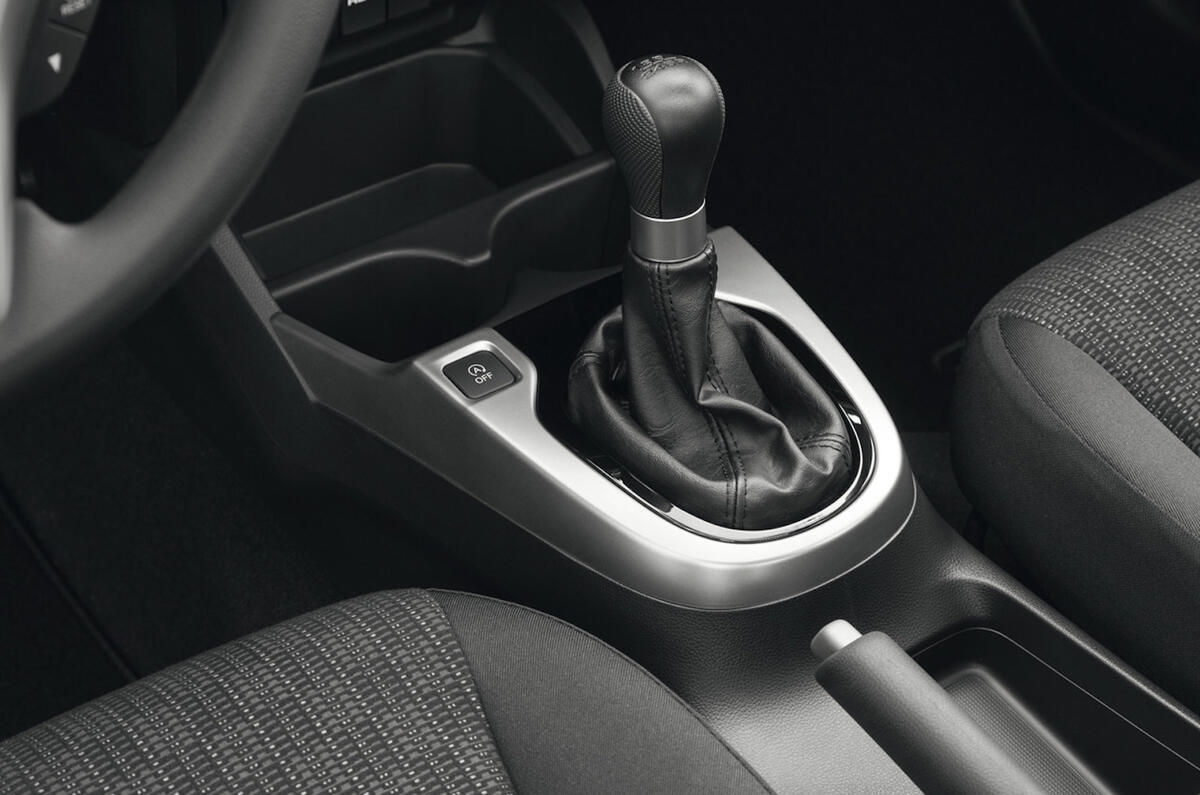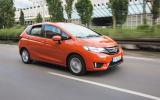What is it?
An all-new Honda Jazz for 2015, reaching dealerships in September. None of your facelifting here; Honda has been busy developing a new, lighter, chassis, new suspension, a quicker steering rack and improved interior quality and fitting its latest infotainment system.
This new Jazz is also a more spacious car than its already generously proportioned former self. It's now 95mm longer and has a 30mm longer wheelbase, meaning more leg room for the rear passengers. Its boot is bigger too, up 17 litres to 354 litres with the rear seats in place.
But it doesn't end there, because from launch just a single petrol engine will be offered: at 101bhp 1.3-litre unit. It replaces the old 1.4 and 1.2-litre petrols and is designed to provide more grunt than the 1.4 but greater efficiency than the 1.2. The new 1.3 is available with a six-speed manual gearbox or a CVT. We're focusing on the former here.
What's it like?
Four tall adults now have even more space than before, with rear head and leg room easily the best in class and trumping even the impressive Skoda Fabia. The driver has a huge range of adjustment at the wheel and seat, while all-round visibility is excellent with such tall windows and thin pillars front to rear.
Further back, the Jazz's space and practicality is just as impressive. Its boot has great access, is a good width and can also claim to be the biggest in the class. The rear seatbacks easily fold completely flat to open out the cabin, while the rear seat's squabs can be flipped up to leave an almost flat tunnelled space that is perfect for items such as bicycles.
Quality is much improved but not the class's best. Our SE Navi test car lacked the man-made leather dashboard materials of the EX model, while the switchgear and some of the plastics further down aren't as classy or substantial as those in a Skoda Fabia or Volkswagen Polo.
Honda's Connect infotainment system is recommendable, though, and is standard from SE trim and up. Its bright 7.0in screen is responsive and the system's menus are easy to follow. Our Navi model's navigation system was also quick to process and gave clear instructions.
Entry-level cars forego alloy wheels but do get DAB radio, Bluetooth, automatic lights and wipers, electric mirrors and air-con. We'd spend the extra on SE, which adds 15in alloy wheels, the Connect infotainment system, parking sensors front and rear and an alarm, all for not a considerable amount more. Adding sat-nav is £610 extra.
To drive, the Jazz is less appealing. Its 1.3-litre engine may be new but it feels decidedly old against the turbocharged units from the Volkswagen Group and Ford. It takes a long time to rev up to where it is most potent, and you need to keep it there if you want to overtake or sprint down a motorway slip road.
That means moving about between the gearbox's relatively short ratios in order to keep the Jazz's sweet spot alive. At least the gear lever's short throw and snappy, precise shift means it isn't too much of a chore. Unfortunately, putting up with the Jazz's engine noise at even medium revs is.
The Jazz's chassis, which borrows parts from the new HR-V, has been lowered slightly at the front, raised at the back and given longer anti-roll bars for improved handling. The dampers are new, too. Even so, the Jazz is still some way behind the class best when it comes to handling.
































Join the debate
Add your comment
People appear harsh about the engine...
Just noticed the US version
why bigger
Size